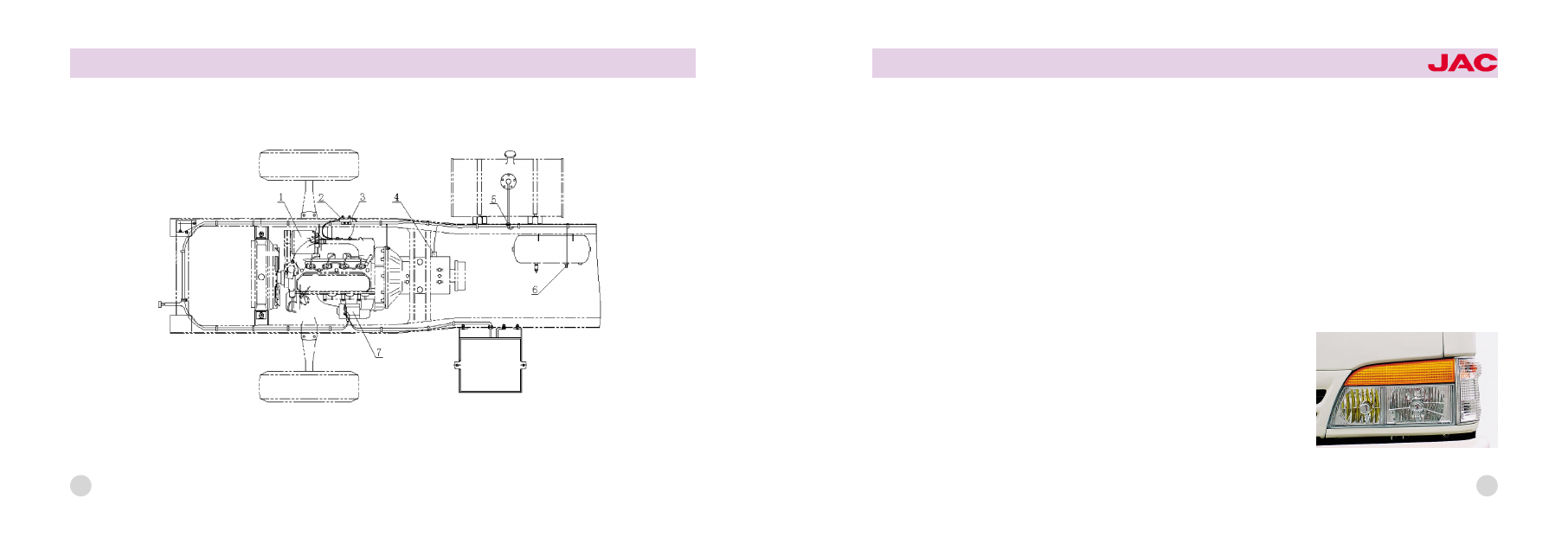Content .. 1320 1321 1322 1323 ..
Isuzu N-Series. Service manual - part 1322

headlamp(old series)
65
(玉) Starter, generator and
regulator
1. Starter
Note:
a) Starter should be connected with
battery correctly.
b) The starter should not be kept
working continuously for more than
15s; it can only start again 1-2 min鄄
utes latter after the last start in case
that the starter heats resulting in a
shorter lifespan.
c) After several continuative failures
of start, check starter, solenoid
switch, battery, wires as well as oil
supply system. Retry after the trouble
is eliminated.
2. Generator and Regulator
Note:
1) Generator should be connected
with regulator correctly and reliably,
and the polarities of generator and
regulator should be matched proper鄄
ly.
2) Never check generator by short-
circuit fire wire and magnetic field.
3) The diode and insulation of gen鄄
erator can be inspected with multi -
meter and ohmmeter. Don爷t use
megohmmeter or AC power of which
voltage exceeds 200v to check; oth鄄
erwise, the diode will be burnt out.
渊域冤Lighting device.
1. Headlight
1. Headlight Four headlights are e鄄
quipped to trucks of this series and
installed on both sides of the cab
symmetrically. The headlight which
adopts double filament bulb has two
different pieces of filaments and can
gives out two different kinds of ray,
the brighter one is used as high -
beam light while the dimmer one is
64
General: schematic diagram of chassis electrical apparatus
1. generator assembly曰 2. Start/choke controller曰 3. Electric choking device bracket曰 4.reverse lamp switch曰
5. Guard ring of starter wire曰 6.low air pressure alarm device曰 7. Starter assembly
HFC1045
series trucks